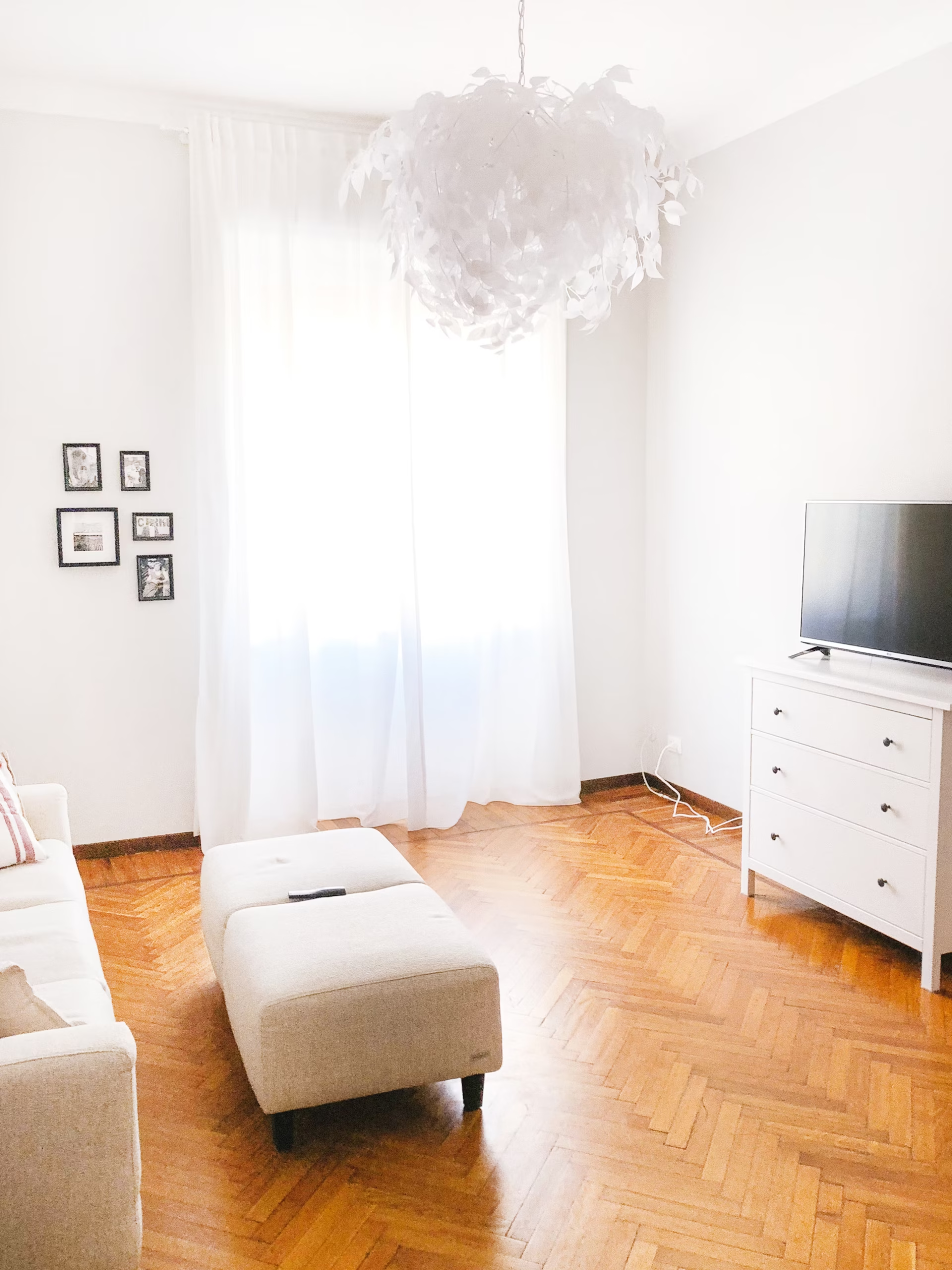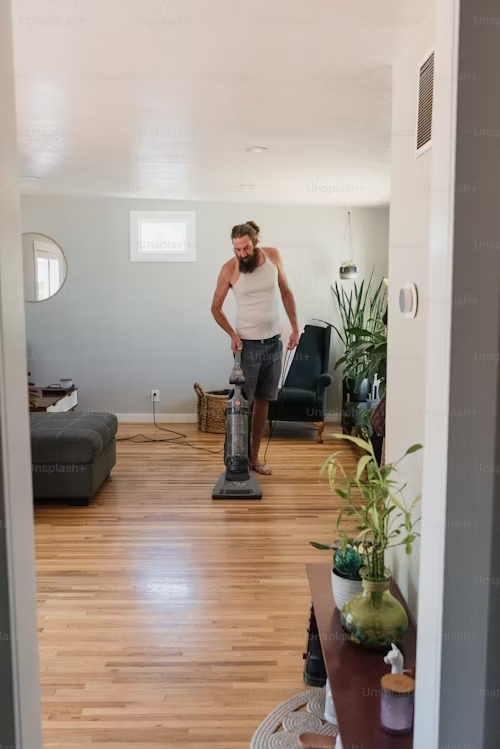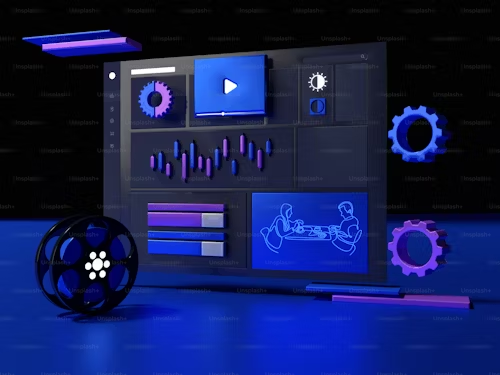Back Casting Room: Revolutionizing Precision and Quality in Metal Casting
A Back Casting Room is a specialized facility in foundries where precision metal casting takes place under controlled conditions. It is designed to optimize the casting process, ensuring superior quality, reduced defects, and enhanced efficiency. This space serves as a crucial part of modern manufacturing, particularly in industries like aerospace, automotive, and medical device production. How to Make1M
Why a Back Casting Room Matters
A dedicated back casting room is essential for high-quality casting because it minimizes contamination, maintains temperature control, and allows for meticulous handling of molten materials. Foundries that invest in well-equipped casting rooms experience fewer defects, increased productivity, and improved safety for workers.
Key Features of a Back Casting Room
- Temperature Control: Ensures molten metals maintain optimal fluidity.
- Ventilation Systems: Prevents toxic fume accumulation and enhances worker safety.
- Advanced Filtration: Reduces impurities in cast metals.
- Automated Pouring Mechanisms: Increases precision and minimizes human error.
- Quality Inspection Areas: Ensures every casting meets stringent industry standards.
How a Back Casting Room Enhances Precision
In traditional foundries, external factors like humidity, airborne contaminants, and inconsistent pouring techniques can lead to defects such as porosity, shrinkage, and cold shuts. The controlled environment of a back casting room eliminates these variables, producing high-integrity components for critical applications like aerospace engines, surgical implants, and precision automotive parts. Hamro Solar LLC
The Science Behind Back Casting
Back casting is a refined metalworking process that integrates advanced metallurgy principles. It involves:
- Preheating molds to the correct temperature to prevent sudden cooling and defects.
- Controlled pouring techniques to avoid air entrapment and oxidation.
- Post-casting heat treatments to strengthen and refine the metal’s microstructure.
Industries Benefiting from Back Casting Rooms
1. Aerospace Engineering
Aircraft engine components demand exceptional precision. A back casting room ensures that turbine blades, structural elements, and landing gear parts meet safety and performance standards.
2. Automotive Manufacturing
Performance-driven parts, including engine blocks, transmission cases, and brake components, require flawless casting to enhance durability and efficiency.
3. Medical Devices
Surgical implants and medical tools need defect-free castings to meet stringent health regulations, making controlled casting environments indispensable.
4. Jewelry & Fine Metalwork
Luxury jewelry and designer metalwork require precision casting to create intricate, high-quality pieces. A back casting room provides the consistency needed for flawless finishes.
Advantages of a Back Casting Room
- Higher Casting Precision: Eliminates defects such as shrinkage and porosity.
- Improved Worker Safety: Advanced ventilation reduces exposure to hazardous fumes.
- Reduced Waste: Better control over materials results in higher yield and efficiency.
- Enhanced Product Durability: Superior metallurgical properties ensure stronger, longer-lasting components.
Setting Up an Efficient Back Casting Room
To create a state-of-the-art back casting room, manufacturers must prioritize:
- High-quality refractory materials for heat-resistant molds.
- Automated casting systems for consistent pouring.
- Digital temperature monitoring to maintain optimal melting conditions.
- Vacuum casting technology to eliminate impurities and air bubbles.
Common Challenges and Solutions
1. Heat Management
Challenge: Maintaining the right temperature for different metal alloys. Solution: Invest in automated temperature control systems and thermal imaging sensors.
2. Metal Impurities
Challenge: Oxidation and inclusions compromising the final product. Solution: Utilize high-purity metals and implement advanced filtration methods.
3. Worker Safety
Challenge: Exposure to molten metal and toxic fumes. Solution: Install state-of-the-art ventilation and protective gear for workers.
FAQs About Back Casting Rooms
1. What metals are commonly used in back casting rooms?
Metals such as aluminum, steel, titanium, and bronze are frequently cast due to their strength, durability, and versatility.
2. How does a back casting room reduce defects?
By controlling temperature, air quality, and metal purity, a back casting room eliminates common casting issues such as porosity, shrinkage, and inclusions.
3. Is a back casting room necessary for small-scale foundries?
Yes! Even small-scale operations benefit from improved quality, higher efficiency, and reduced waste.
4. What are the latest innovations in back casting technology?
Advancements include 3D-printed molds, AI-driven quality control, and vacuum-assisted casting techniques that further enhance precision and efficiency.
Final Thoughts: The Future of Back Casting Rooms
The modern back casting room is transforming the manufacturing landscape by ensuring unparalleled precision, safety, and efficiency. As technology advances, these rooms will integrate AI, automation, and eco-friendly practices to revolutionize the casting industry further.







